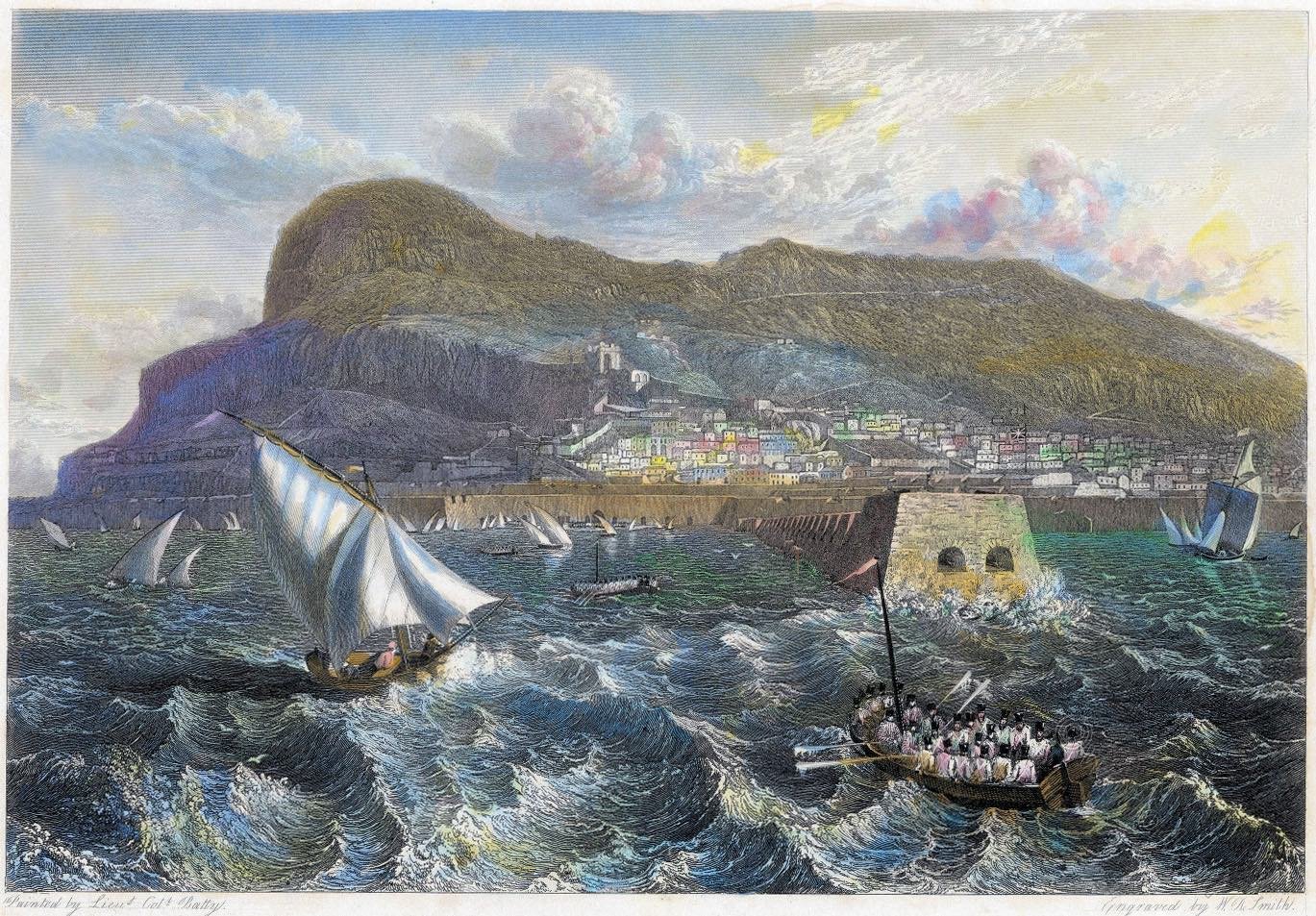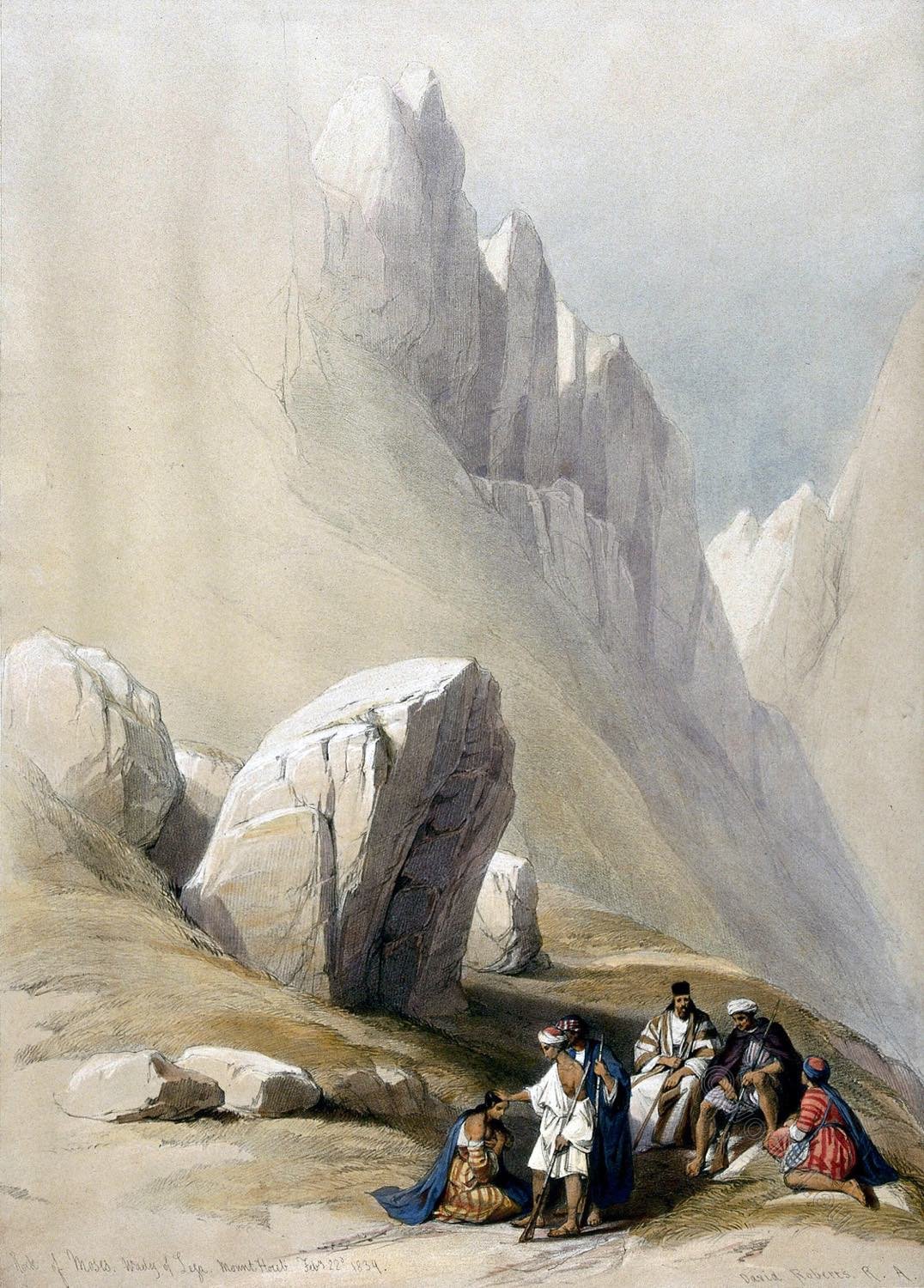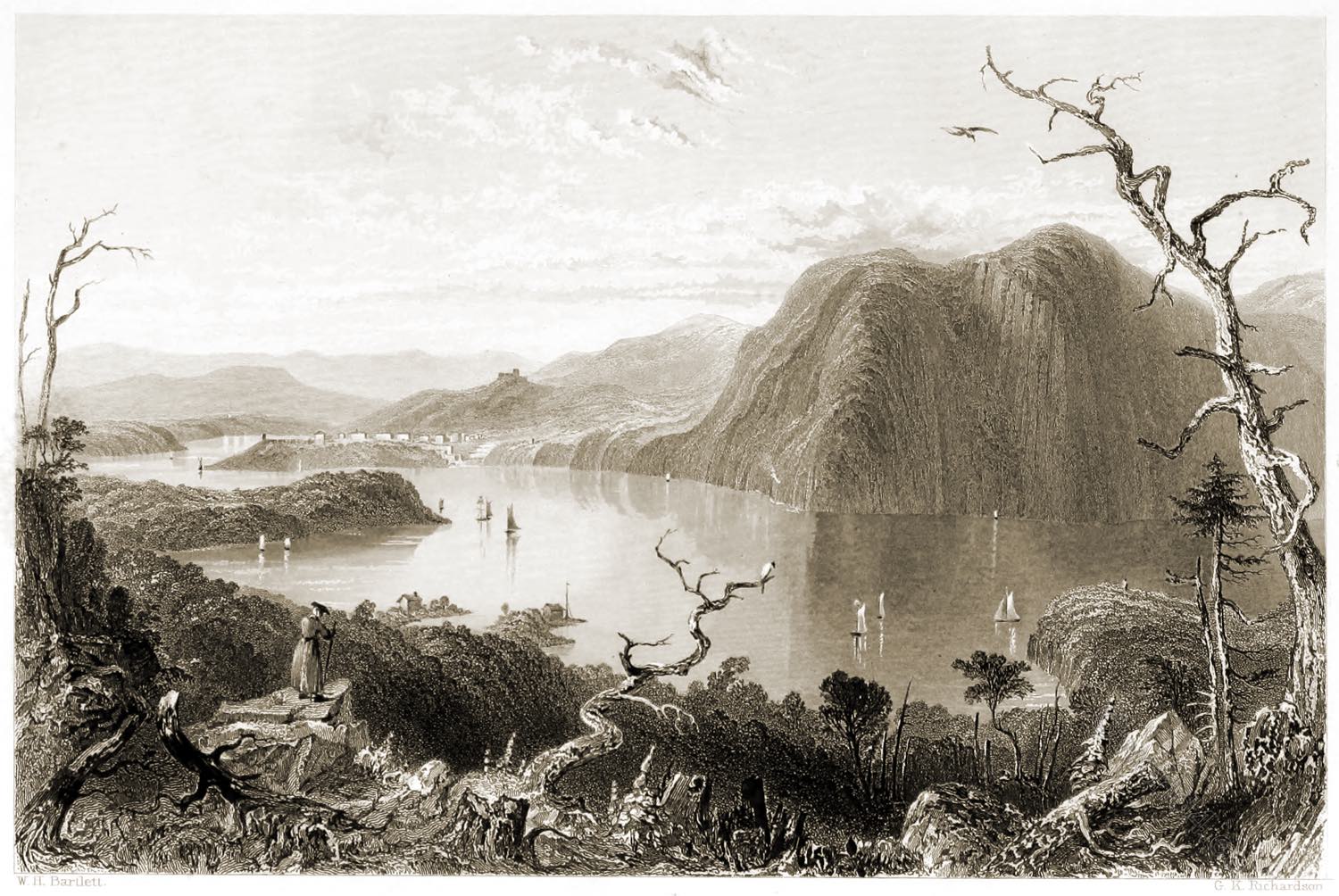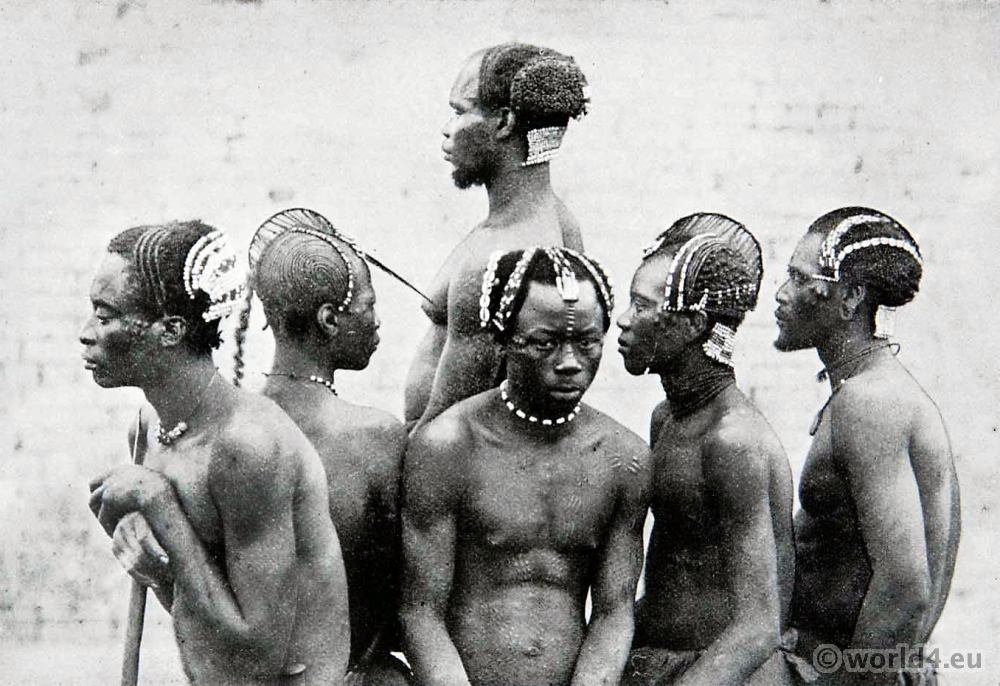
THE WEST FRONT OF THE PARTHENON AND THE ERECHTHEION, FROM THE PROPYLAEA.
IT is useless to enter into a regular account of a building that is so generally known as the Parthenon. The western front, which is represented in this view, is almost entire, and has suffered little or nothing in the late dilapidations.
The sculpture of this part was fortunately considered as too much mutilated to merit the expense of removal, and it was accordingly suffered to remain. Here every thing is visible in its original position, except the statues which decorated the tympanon, only two of which are left. They represented the contest between Neptune and Minerva for the possession of Attica. The present entrance to the cella is at this extremity, but the principal entrance is generally supposed to have been at the eastern end.
To the left or north of the Parthenon, and at the distance of about one hundred and sixty feet from that temple, are seen the beautiful and curious remains of the Erechtheion. Three contiguous structures all form parts of the same edifice. That on the northern end is the tetrastyle portico which was common to the temples of Minerva Polios and Erechtheus. The wall which closes the intercolumniations is modern, and thus disfigures the primitive elegance of this beautiful edifice.
The caryatid portico, which forms the southern angle of the building, is the Pandroseion, or Temple of Pandrosos, daughter of Cecrops, King of Athens. This elegant little structure, which was originally adorned with six columnar statues delineating the enslaved state of the Caryan females, has at present only four remaining; one of them has been missing for a long time, and it is not known by whom it was removed; another was taken away in the year 1801, and an ill-built pilaster substituted in its place.
Mount Hymettos raises its massy breadth behind the Parthenon. The nearer eminence of a conical form is Anchesmos, and the more distant heights exhibit the rocks of Pentelikon (Mount Pentelicus) that supplied the spotless and snowy marble with which the Athenian temples were composed.
Source: Views in Greece. Drawings by Edward Dodwell. Rod Well and Martin, London, 1821.
Continuing
Discover more from World4 Costume Culture History
Subscribe to get the latest posts sent to your email.






